The Anthurium Pink Flamingo is a charming plant that adds a pop of color to any interior space with its vibrant pink spathes and dark green foliage. Known for its heart-shaped flowers and easy-care nature, it has become a favorite among home gardeners and professionals alike. But how do you care for an Anthurium Pink Flamingo? That’s what we’ll be looking at today.
In this article, we'll take a closer look at the Anthurium Pink Flamingo and go over some proper care and maintenance tips for this tropical beauty.
What is Anthurium Pink Flamingo?
Anthuriums, commonly known as Flamingo Flowers, are native to the tropical rainforests of Central and South America. The Anthurium Pink Flamingo is known for its bright pink, heart-shaped spathes, which are often mistaken for its flowers. In reality, the plant's flowers are small and line the spadix, the spike that rises from the center of the spathe.
The Anthurium Pink Flamingo's leaves are just as striking. Glossy, dark green, and heart-shaped, they offer a lush background that makes the pink spathes pop. The plant's unique aesthetics and year-round blooming capability have made it a popular choice for adding a tropical touch to homes and offices.
Ideal Environment for Anthurium Pink Flamingo
The Anthurium Pink Flamingo thrives in conditions similar to its tropical rainforest habitat. It prefers bright, indirect sunlight - direct sun can scorch its leaves. The plant also thrives in high humidity, which can be achieved by misting or using a humidifier.
As for temperature, Anthuriums do best in warm conditions. In most cases, they should be kept in an environment where the temperature stays between 65°F and 85°F. But keep in mind that you should avoid placing this plant in drafty areas, as it can be quite sensitive to cold air.
Proper Care Instructions
Anthurium Pink Flamingo is a resilient tropical plant that rewards good care with a flush of vibrant pink flowers. Proper care involves understanding its needs for water, soil, fertilization, and pruning. Here's a short breakdown to guide you on your journey to growing a healthy Anthurium Pink Flamingo.
Watering
The Anthurium Pink Flamingo's watering needs replicate the natural cycle of a rainforest. This means the soil should remain consistently moist, but never waterlogged. Let the top inch of soil dry out before watering thoroughly, ensuring water drains out from the bottom of the pot. Overwatering can cause root rot, a common issue for many houseplants. Remember, it's better to underwater than overwater.
Soil
A high-quality, well-draining potting mix is crucial for the Anthurium Pink Flamingo. It prefers a light, airy mix that mimics the soil found in its natural rainforest habitat. Combine peat moss or coco coir with perlite or orchid bark for good drainage. This mix also provides necessary nutrients and creates an optimal environment for the roots, promoting the overall health and growth of the plant.
Fertilization
Like most tropical plants, Anthuriums appreciate a little extra nourishment during their growing season, which occurs in spring and summer. Use a balanced houseplant fertilizer diluted to half strength. Fertilize once every month to support the plant's growth and flower production. Be careful not to over-fertilize as it can lead to mineral buildup and harm the plant.
Pruning
Regular pruning helps maintain the plant's size, shape, and overall health. It also encourages new growth. If you notice any yellow or dying leaves, remove them at the base using a clean pair of pruning shears. Additionally, you can remove old or faded flowers to encourage the production of fresh blooms. A well-pruned Anthurium Pink Flamingo will reward you with a healthier, more attractive plant.
Common Issues and Troubleshooting
The Anthurium Pink Flamingo, although easy to care for, can occasionally present signs of stress or discomfort. Therefore, observing your plant closely is key to understanding and addressing its specific needs. Here are some common issues you might encounter and their possible solutions:
Yellow Leaves: Yellowing leaves are often a sign of overwatering. Ensure that you're letting the top inch of soil dry out before watering again. If overwatering continues, it can lead to root rot, a serious issue that can potentially kill the plant.
Brown Leaf Tips: If you notice the tips of your Anthurium's leaves turning brown, it could be due to low humidity. Remember, Anthuriums thrive in a humid environment. Consider increasing humidity levels by misting the plant regularly, placing a humidifier nearby, or creating a humidity tray.
Lack of Blooms: If your Anthurium Pink Flamingo stops blooming, it might not be receiving enough light. Anthuriums need bright, indirect light to produce their signature heart-shaped flowers. Try moving the plant to a brighter location, but be sure to avoid direct sunlight as it can scorch the leaves.
Personalized Care: Every Anthurium Pink Flamingo might require slightly different care, depending on its specific environment and growth conditions. Monitor your plant's health regularly, adjust care routines as needed, and remember that the key to a thriving Anthurium Pink Flamingo is providing a balance of light, water, humidity, and nutrition.
Conclusion
Caring for an Anthurium Pink Flamingo is a rewarding experience. With its vibrant pink blooms and lush green leaves, it adds a tropical charm to any space. Proper care will ensure that it thrives and continues to enhance your home or office with its striking beauty for many years to come. Ready to welcome an Anthurium Pink Flamingo into your space? Visit Varnish&Vine to explore our collection today.
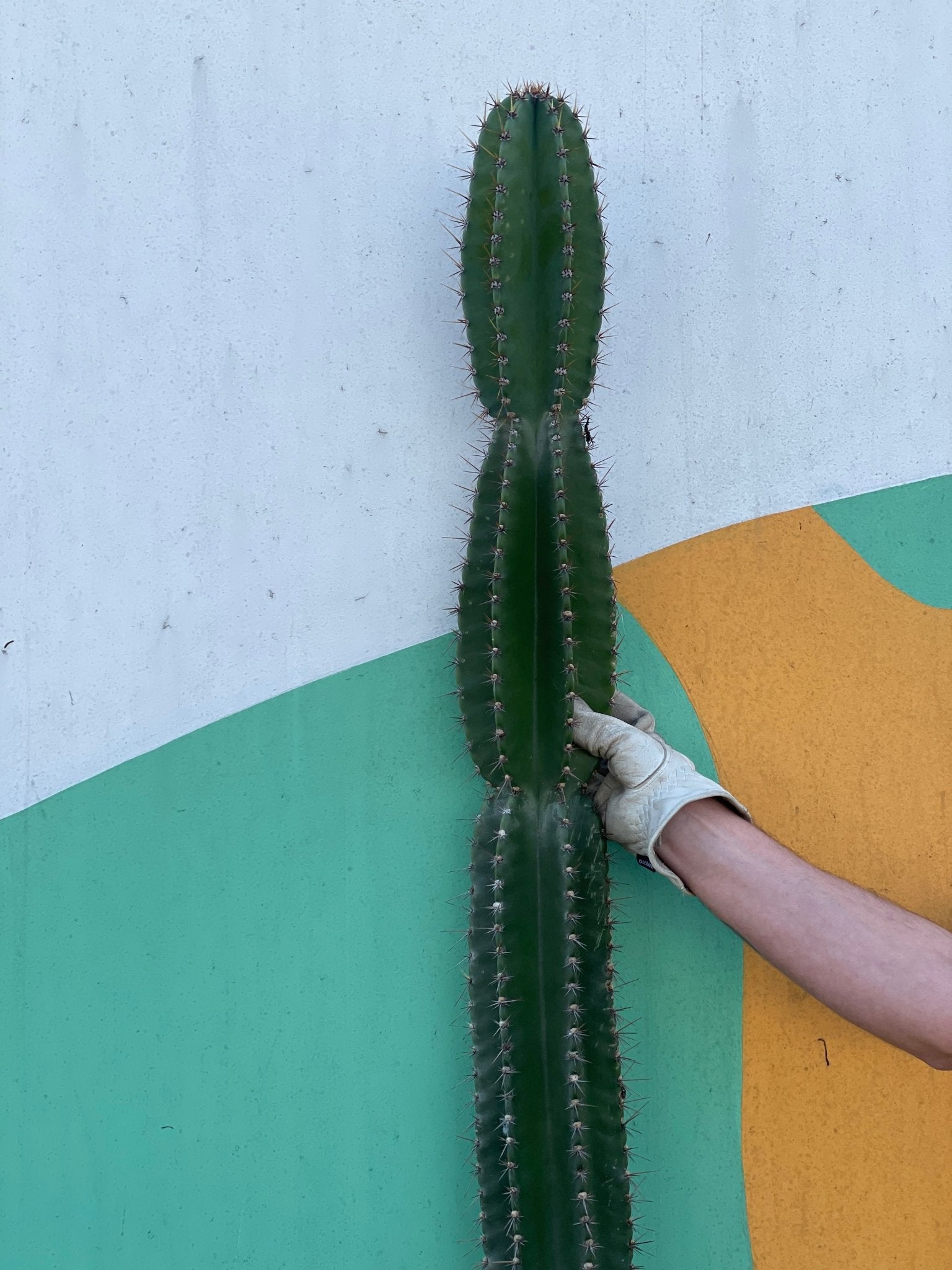
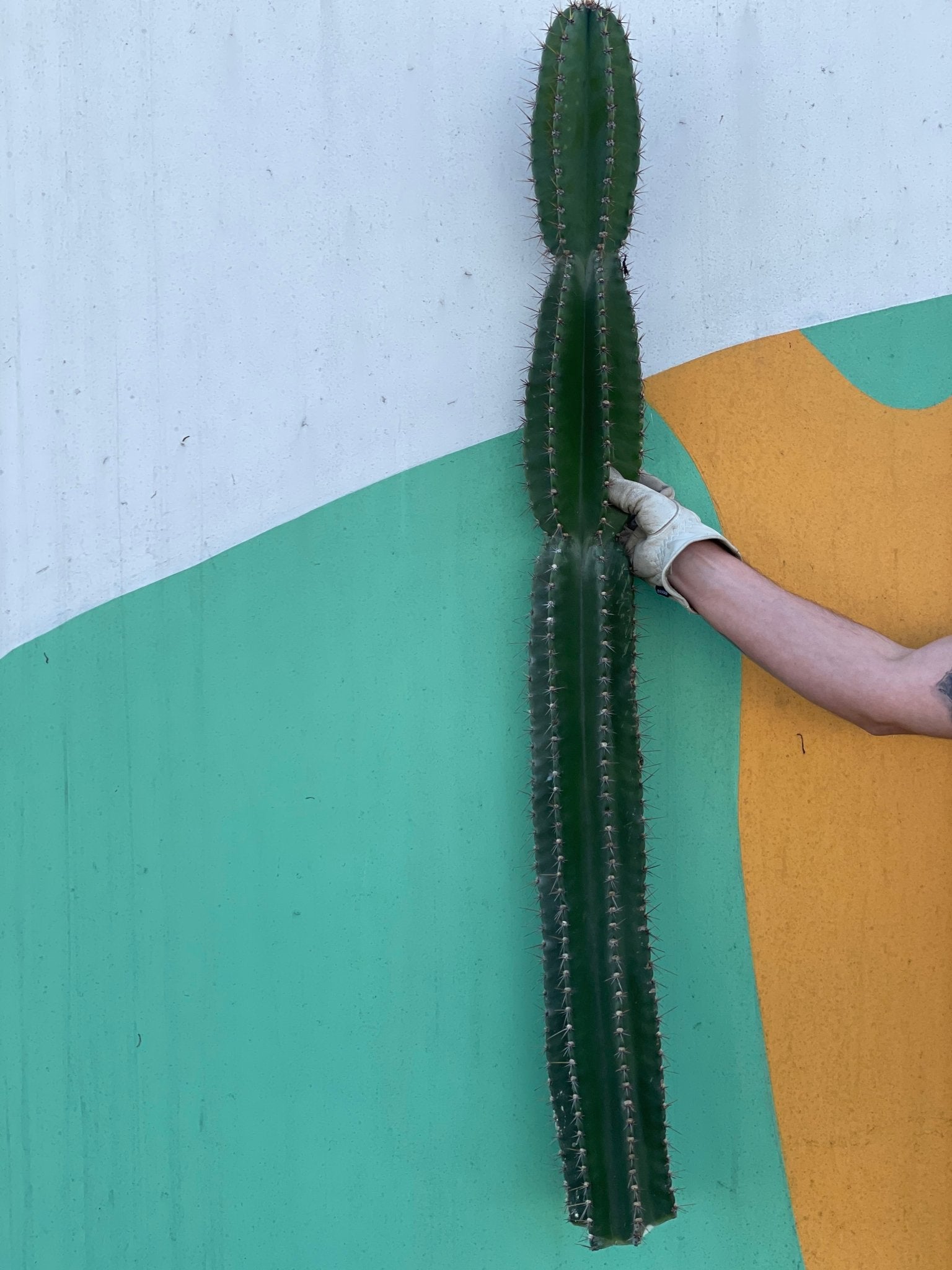
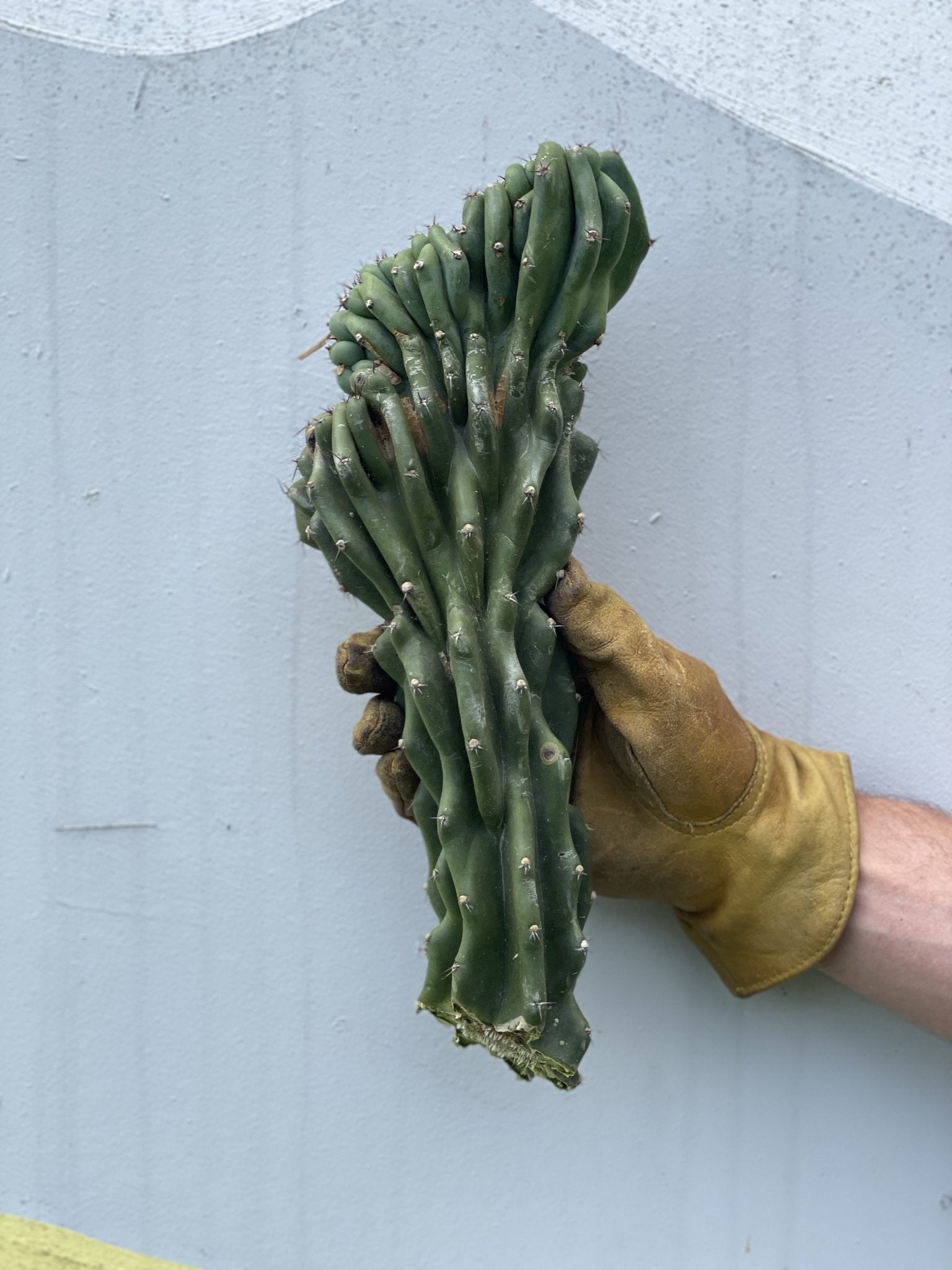
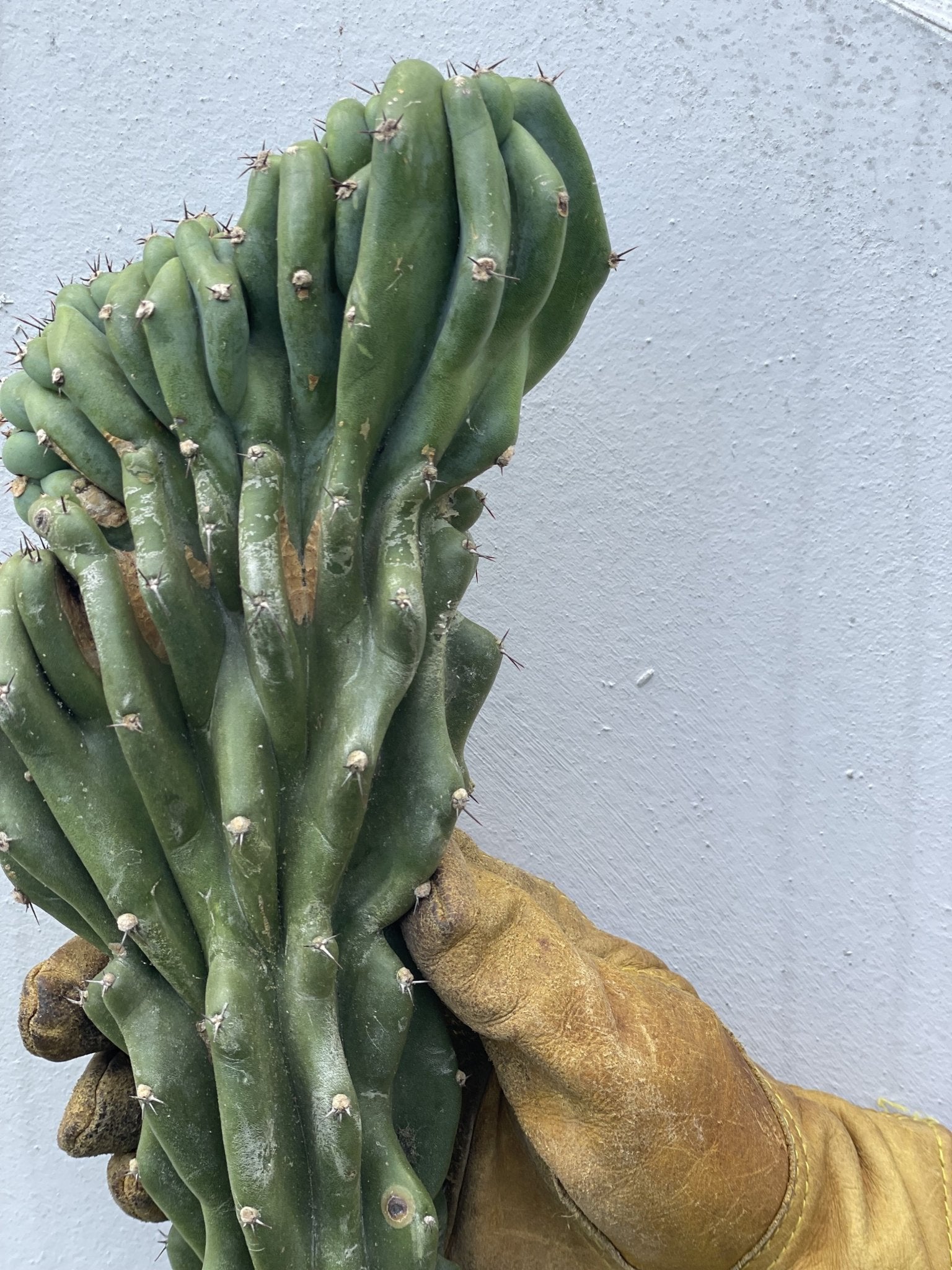


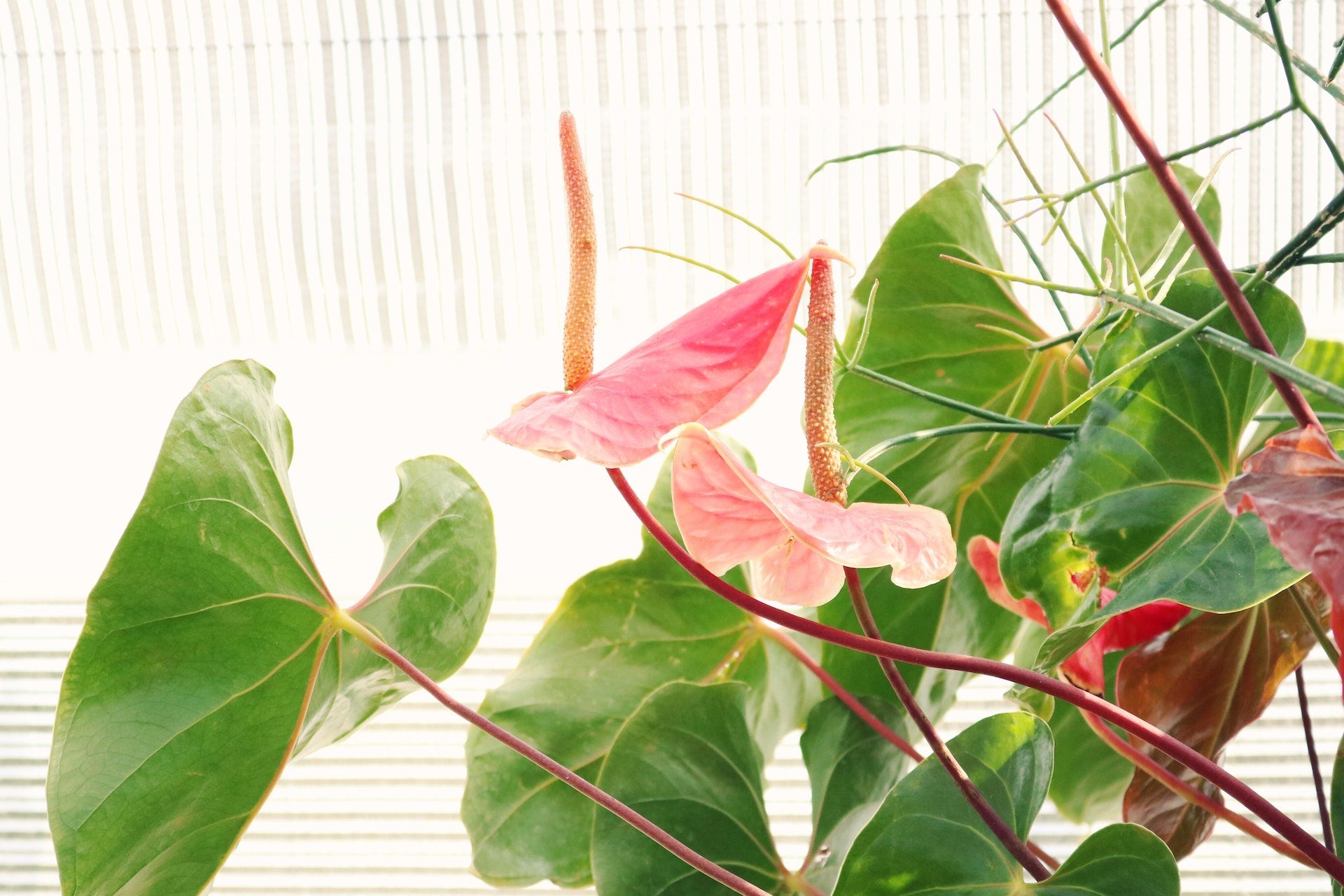
Leave a comment